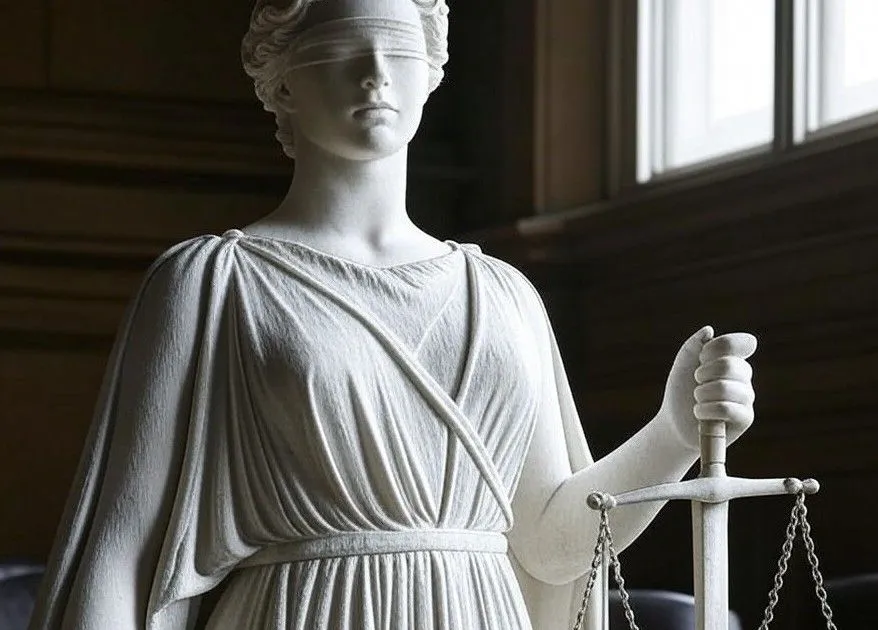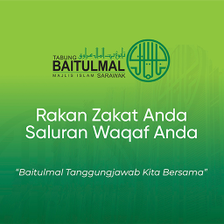Effective Corrections And Clarifications: Best Practices For Journalists And Writers

Table of Contents
Identifying the Need for Corrections and Clarifications
Recognizing when a correction or clarification is necessary is the first step in maintaining journalistic integrity. This involves identifying errors and assessing their potential impact.
Recognizing Errors
Errors can range from simple grammatical mistakes to significant factual inaccuracies, each requiring a different approach to correction.
- Factual Errors: These involve incorrect information presented as fact. Example: Stating a historical event occurred on a different date.
- Grammatical Errors: These are errors in sentence structure, spelling, punctuation, etc. Example: Incorrect verb tense or subject-verb agreement.
- Contextual Errors: These occur when information is accurate but misleading due to poor presentation or lack of context. Example: Presenting statistics without providing sufficient background information.
- Ethical Errors: These involve breaches of journalistic ethics, such as plagiarism or fabrication. Example: Using someone else's work without attribution or intentionally misrepresenting information.
Thorough fact-checking before publication is critical to minimize errors. Techniques include:
- Using multiple reliable sources: Verify information from at least two independent sources.
- Cross-referencing data: Compare information from different sources to identify discrepancies.
- Consulting experts: Seek expert opinions on complex or specialized topics.
- Utilizing fact-checking tools: Employ tools like Snopes or FactCheck.org to verify claims.
Assessing the Impact of Errors
The severity of an error and its potential consequences should guide the approach to correction.
- Low-impact errors: Minor grammatical errors or typos that don't affect the meaning of the text. These often require a simple edit.
- Medium-impact errors: Factual errors that may slightly misrepresent information but don't significantly alter the overall message. These may require a clarification or minor correction.
- High-impact errors: Significant factual inaccuracies, ethical breaches, or errors that could cause harm or damage reputation. These necessitate a prominent correction, potentially a retraction or apology.
Consider the audience and platform: A minor error on a small blog may require less attention than a major factual inaccuracy in a national newspaper. The potential for legal action or loss of reader trust should also be carefully weighed.
Crafting Effective Corrections and Clarifications
Crafting an effective correction involves promptness, transparency, clear language, and choosing the right platform.
Promptness and Transparency
Timely corrections and open communication are crucial for building trust.
- Immediate action: Address errors as soon as they are discovered. Delaying corrections only exacerbates the problem.
- Transparency builds trust: Openly acknowledging mistakes demonstrates integrity and responsibility. Hiding errors erodes credibility.
Clarity and Accuracy in Language
Use clear, concise, and non-defensive language in corrections and clarifications.
- Effective wording: Use phrases like "We regret an error in our previous report," or "A correction to our earlier story."
- Avoid jargon: Use plain language that is easily understood by your audience.
Choosing the Right Platform for Corrections
The choice of platform depends on the severity of the error and the original publication method.
- Online corrections: Place prominent corrections near the original article, using clear headings such as "Correction" or "Clarification."
- Print corrections: Publish corrections in a designated section, often on a specific page.
- Social media corrections: Address errors on the same social media platform where the original content appeared.
Addressing the Specific Error
Clearly explain the mistake without making excuses.
- Concise and accurate description: State precisely what was wrong and what the correct information is.
- Avoid being overly apologetic: While acknowledging the error, focus on correcting the information.
Learning from Mistakes: Improving Fact-Checking and Editorial Processes
Preventing future errors requires improved fact-checking systems and a culture of accountability.
Implementing Robust Fact-Checking Systems
Strengthening fact-checking processes is essential for preventing future inaccuracies.
- Multiple source verification: Always use multiple reliable and independent sources.
- Peer review and editorial checks: Implement a system of review before publication to catch errors.
- Utilize fact-checking tools and resources: Leverage available technology and resources to improve accuracy.
Fostering a Culture of Accountability
Create a workplace environment that encourages error acknowledgment and learning.
- Open communication and feedback: Establish systems for reporting and addressing errors.
- Training and professional development: Provide training on fact-checking, ethics, and effective corrections.
Conclusion
Implementing effective corrections and clarifications is essential for maintaining journalistic integrity and building reader trust. By promptly acknowledging and addressing errors with clarity and transparency, writers and journalists can mitigate damage and demonstrate a commitment to accuracy. Proactive fact-checking and robust editorial processes are key to preventing errors in the first place. Remember, mastering the art of effective corrections and clarifications is an ongoing process that significantly enhances your credibility and strengthens your professional reputation. Invest the time to understand these best practices for effective corrections and clarifications, and ensure your writing is always accurate and trustworthy.

Featured Posts
-
 Tina Knowles Blue Ivy Eyebrow Tip Get The Perfect Arch
Apr 30, 2025
Tina Knowles Blue Ivy Eyebrow Tip Get The Perfect Arch
Apr 30, 2025 -
 Mpigionse I Kayti Emfanisi Me Tzin Sortsaki Poy Syziteitai
Apr 30, 2025
Mpigionse I Kayti Emfanisi Me Tzin Sortsaki Poy Syziteitai
Apr 30, 2025 -
 Blue Ivys Hilarious Grammy Reaction Fans Go Wild
Apr 30, 2025
Blue Ivys Hilarious Grammy Reaction Fans Go Wild
Apr 30, 2025 -
 Cardinale Becciu Il Papa Non Valuta Ancora Le Dimissioni
Apr 30, 2025
Cardinale Becciu Il Papa Non Valuta Ancora Le Dimissioni
Apr 30, 2025 -
 Is Age Just A Number A Perspective On Aging And Well Being
Apr 30, 2025
Is Age Just A Number A Perspective On Aging And Well Being
Apr 30, 2025
Latest Posts
-
 Erasmusschutter Fouad L Levenslang Zonder Tbs De Redenering
May 01, 2025
Erasmusschutter Fouad L Levenslang Zonder Tbs De Redenering
May 01, 2025 -
 Levenslang Voor Fouad L Waarom Geen Tbs
May 01, 2025
Levenslang Voor Fouad L Waarom Geen Tbs
May 01, 2025 -
 Waarom Kreeg Fouad L Levenslang En Geen Tbs De Uitleg
May 01, 2025
Waarom Kreeg Fouad L Levenslang En Geen Tbs De Uitleg
May 01, 2025 -
 Program Kembali Ke Sekolah Tabung Baitulmal Sarawak 2025 125 Anak Asnaf Sibu Terima Bantuan
May 01, 2025
Program Kembali Ke Sekolah Tabung Baitulmal Sarawak 2025 125 Anak Asnaf Sibu Terima Bantuan
May 01, 2025 -
 Tabung Baitulmal Sarawak Bantuan Asnaf Mencapai Rm 36 45 Juta Pada Mac 2025
May 01, 2025
Tabung Baitulmal Sarawak Bantuan Asnaf Mencapai Rm 36 45 Juta Pada Mac 2025
May 01, 2025
